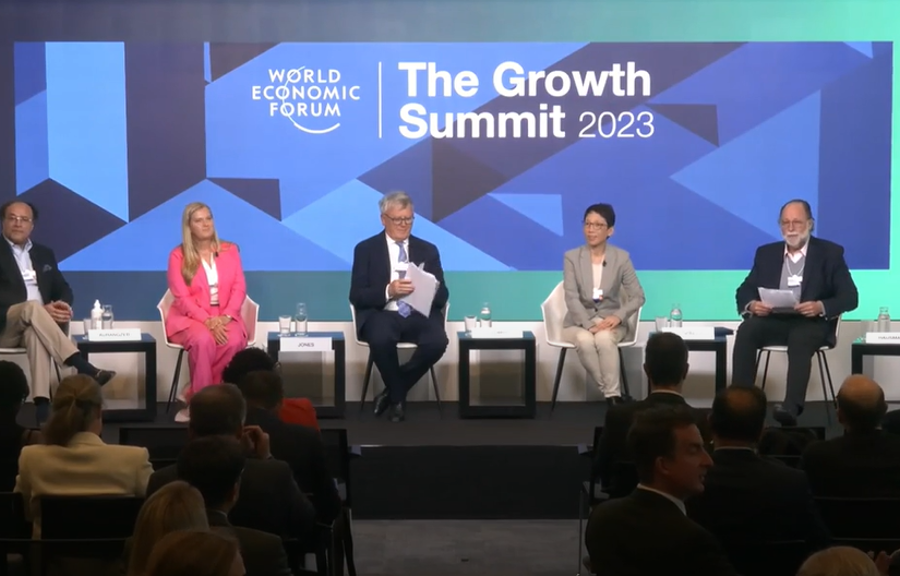#Climatechange, #Netzero, #Sustainability, #Technology
The “Carbon Dioxide Removal: Best-Practice Guidelines” from the World Economic Forum emphasize the need for engineered carbon removal (CDR) technologies to meet climate targets. Natural climate solutions (NCS) alone won’t suffice due to land constraints, and the volume of CO2 that must be removed by 2050 is enormous, estimated at up to 10 billion tonnes annually.
Engineered CDR options like Direct Air Capture (DACCS), Bioenergy with Carbon Capture and Storage (BECCS), and biochar show high potential. DACCS can store captured CO2 permanently underground, though high energy demands currently make it costly. BECCS leverages biomass to generate power while sequestering CO2. Biochar, though more affordable, is limited by sustainable biomass availability.
By 2050, engineered CDR must scale significantly. Current removals stand at 2 billion tonnes, mainly from NCS. Despite only 0.1% being engineered, these technologies are crucial for ensuring a sustainable, scalable, and durable impact on global emissions. The report advocates corporate leadership and early investment in CDR technologies to drive down costs and scale faster.
The guidelines outline market access strategies, emphasizing the need for companies to commit to long-term carbon removal purchase agreements and align internal carbon pricing policies. These actions are critical to ensuring a future where CDR technologies are affordable and effective in reversing climate change impacts.
Check the full document here: https://bit.ly/3C0gKTx

Workforce skills drive economic growth, but global challenges like shortages persist. Singapore’s model and the EU’s funding aim to address issues, emphasizing trust in reskilling.
Accessibility Tools